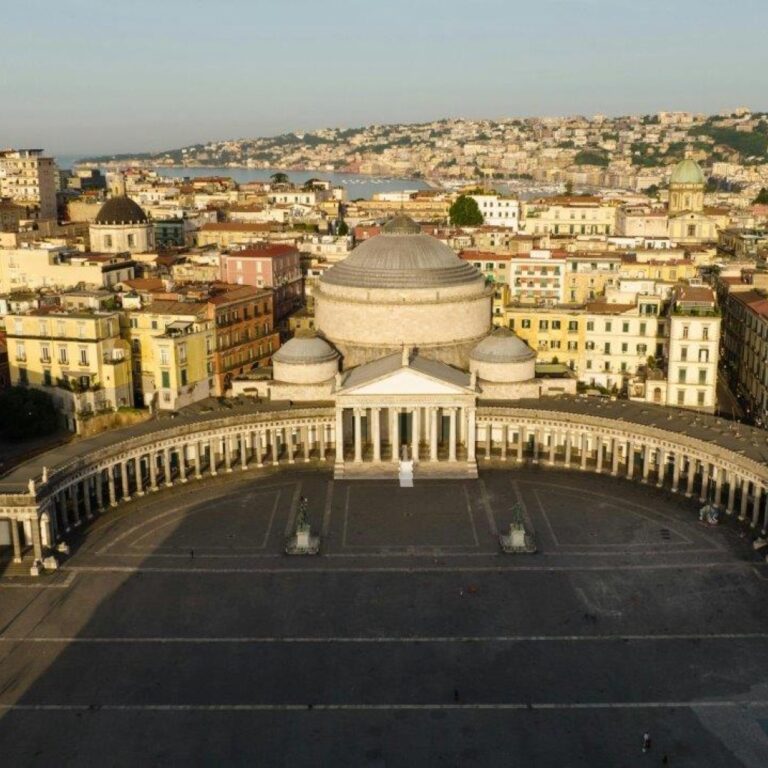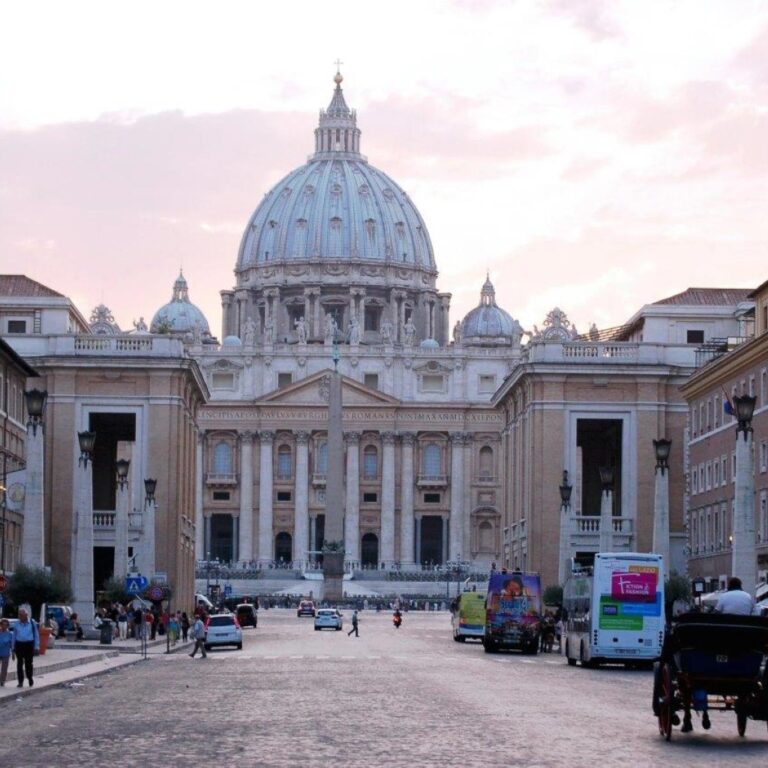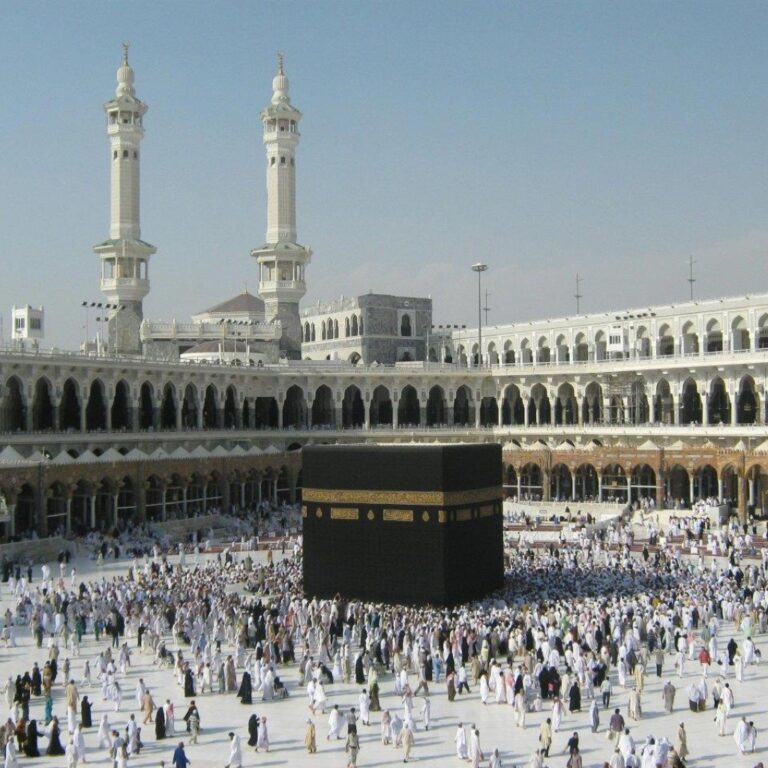Naples was founded by the Greeks in the 8th century BC and was originally named Neapolis, meaning 'new city.'
The city is the birthplace of pizza, with the Margherita pizza being created in honor of Queen Margherita of Savoy in 1889.
Mount Vesuvius, one of the most dangerous volcanoes in the world, looms over Naples and famously erupted in AD 79, burying the cities of Pompeii and Herculaneum.
The historic center of Naples is a UNESCO World Heritage Site, featuring narrow streets, ancient churches, and historic palaces.
Naples is home to the Museo Archeologico Nazionale, one of the most important archaeological museums in the world, housing artifacts from Pompeii and Herculaneum.
The city is known for its vibrant street life, with bustling markets and lively squares such as Piazza del Plebiscito.
Naples has a rich musical heritage and is the birthplace of the traditional Neapolitan song, or 'canzone napoletana.'
The Teatro di San Carlo in Naples is the oldest continuously active opera house in the world, having opened in 1737.
Naples' underground city, Napoli Sotterranea, consists of a network of tunnels and catacombs dating back to ancient times.
The city is famous for its elaborate nativity scenes, or 'presepi,' which are a cherished Christmas tradition.
Naples is the gateway to the Amalfi Coast, a stunning stretch of coastline known for its picturesque villages and dramatic cliffs.
The Castel dell'Ovo, located on the seafront, is the oldest standing fortification in Naples, with origins dating back to Roman times.
Naples has a unique culinary scene, with dishes like spaghetti alle vongole (spaghetti with clams) and sfogliatella (a traditional pastry) being local favorites.
The city is known for its vibrant festivals, including the Feast of San Gennaro, which celebrates the city's patron saint.
Naples' port is one of the largest in the Mediterranean and serves as a major hub for trade and tourism.


